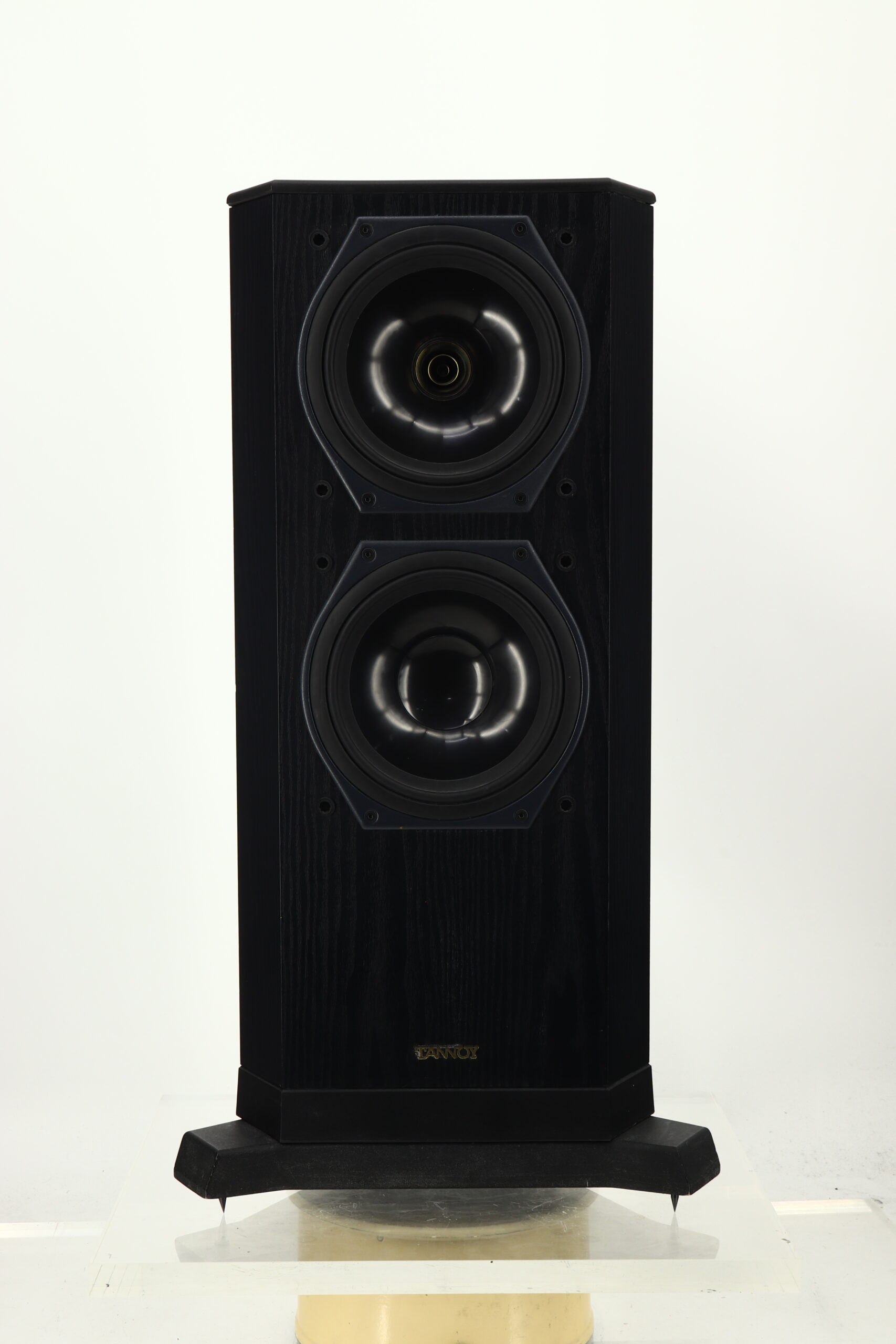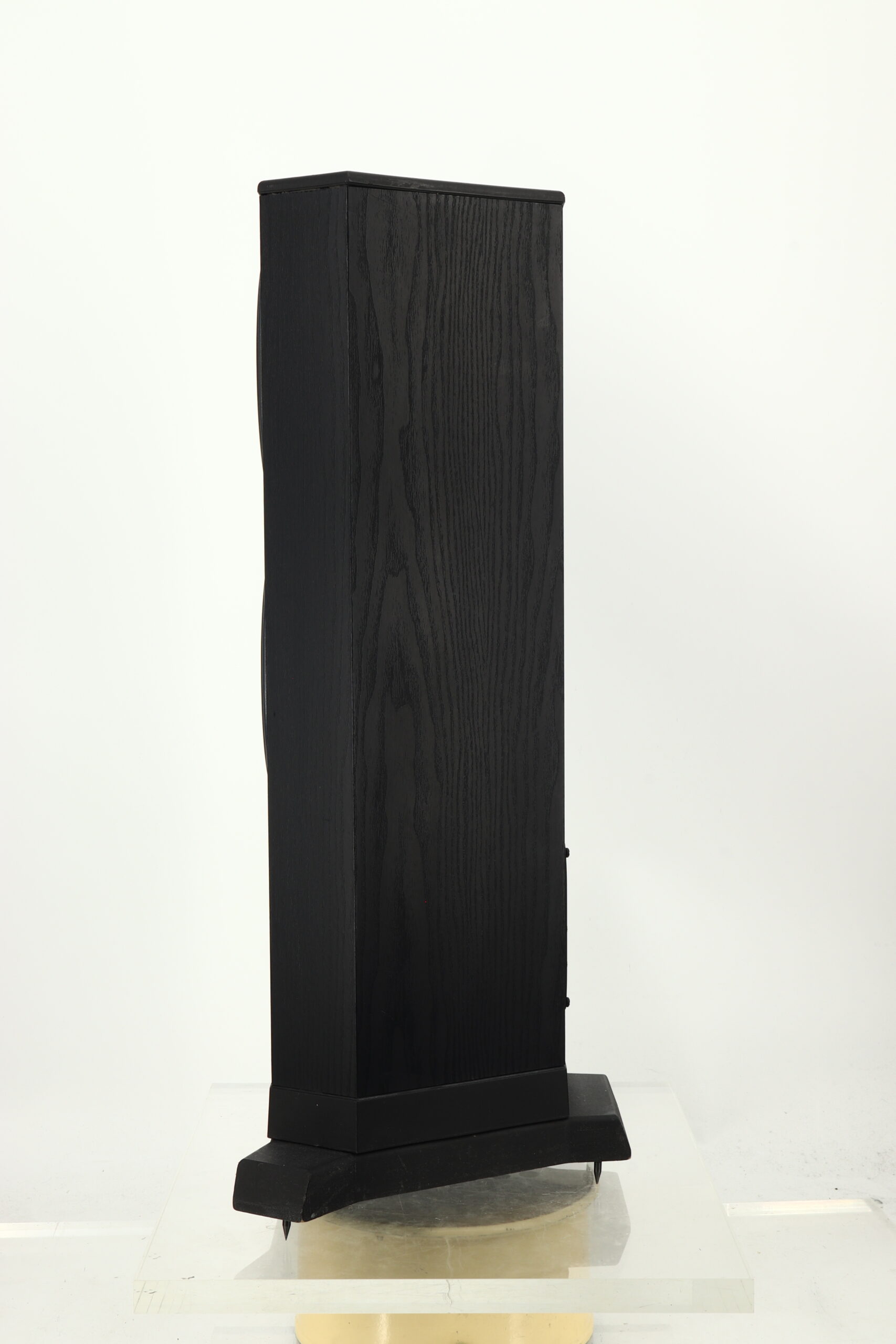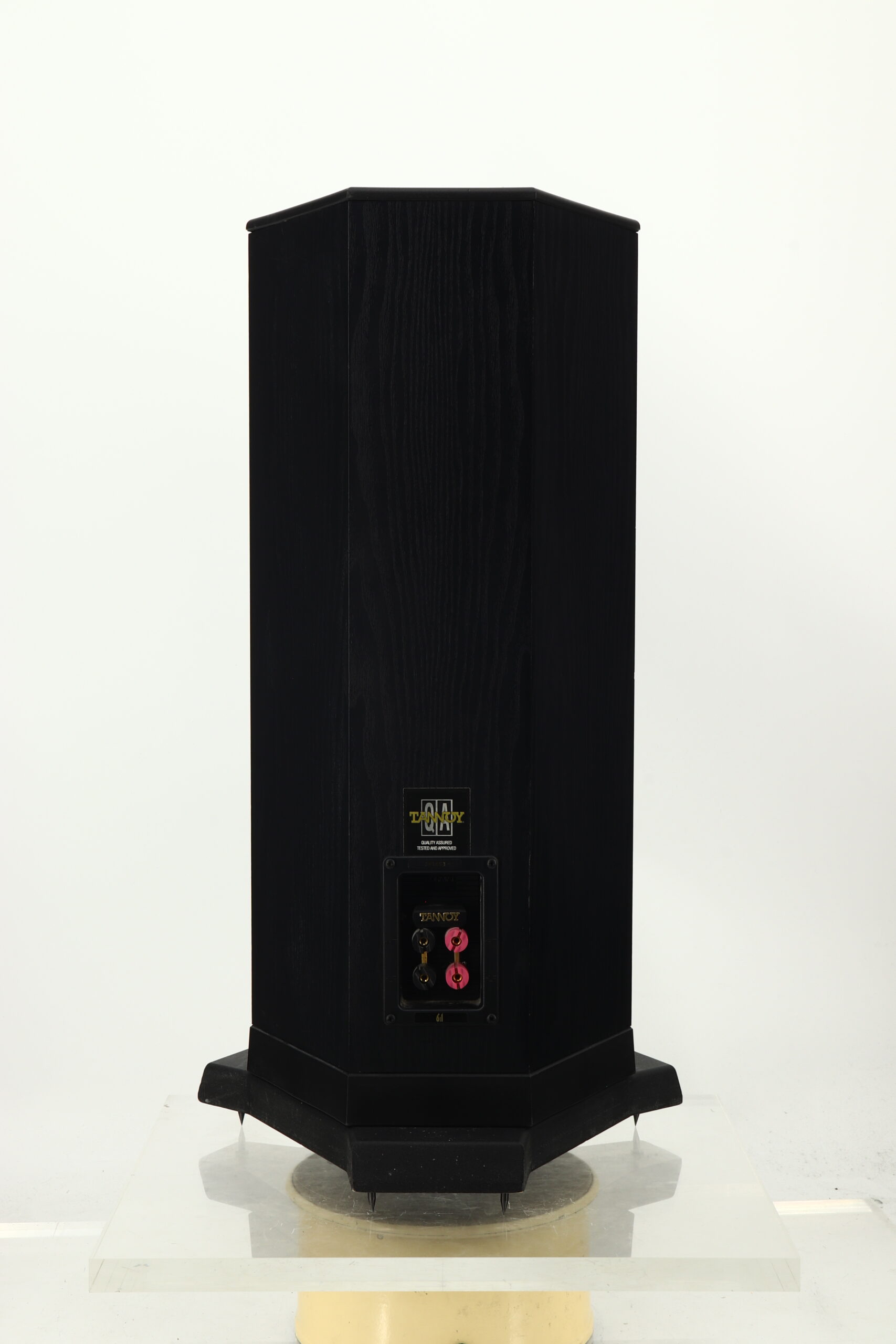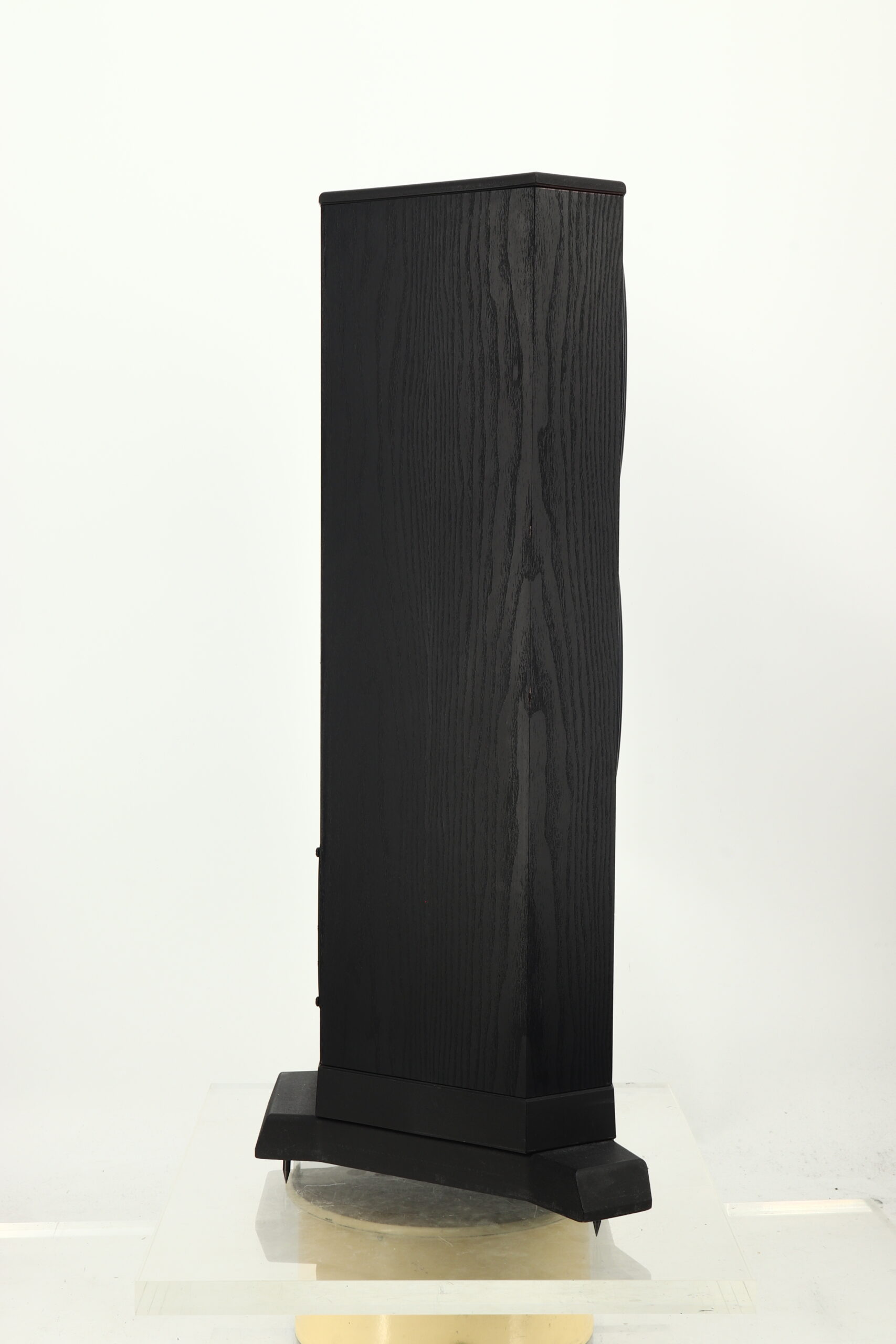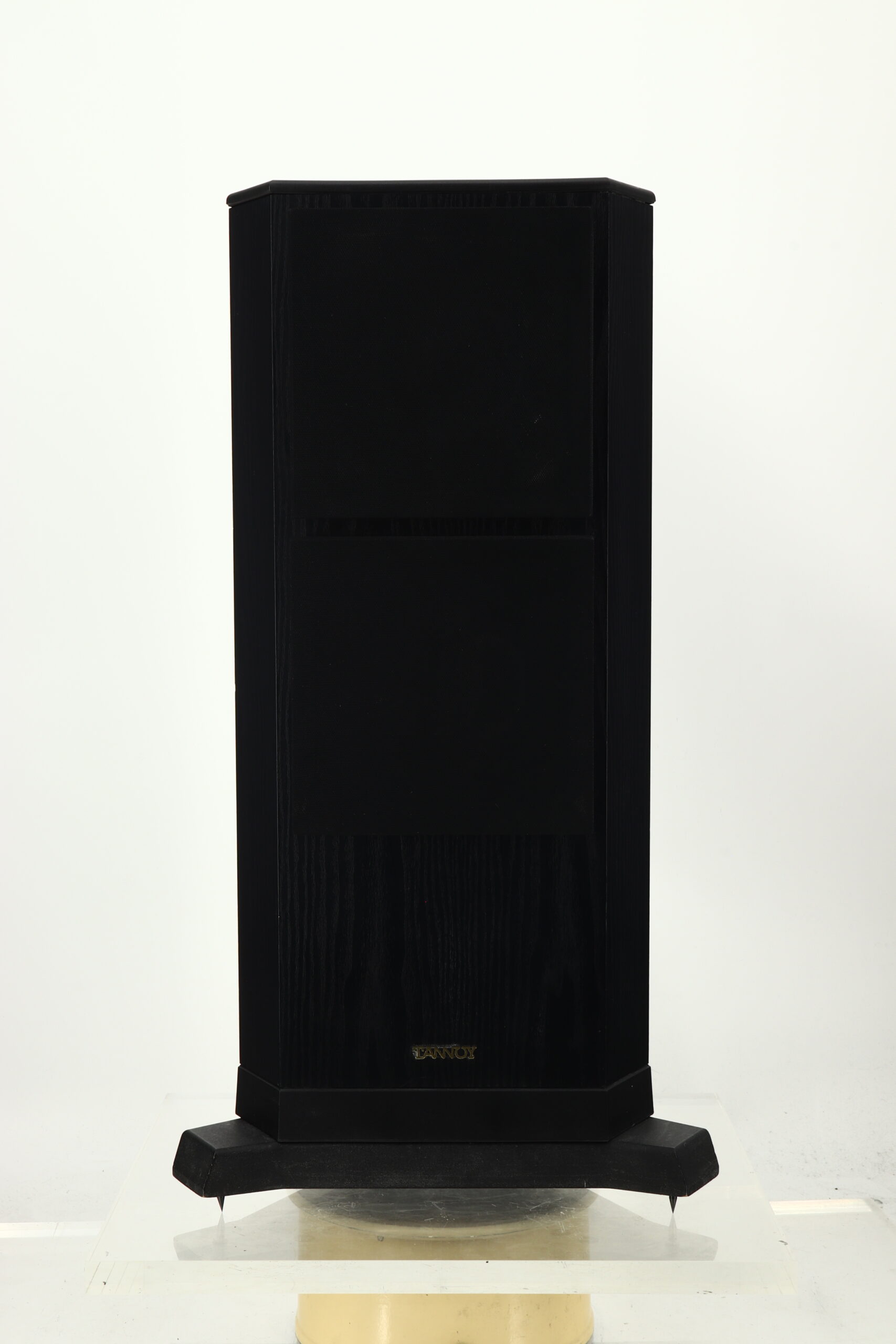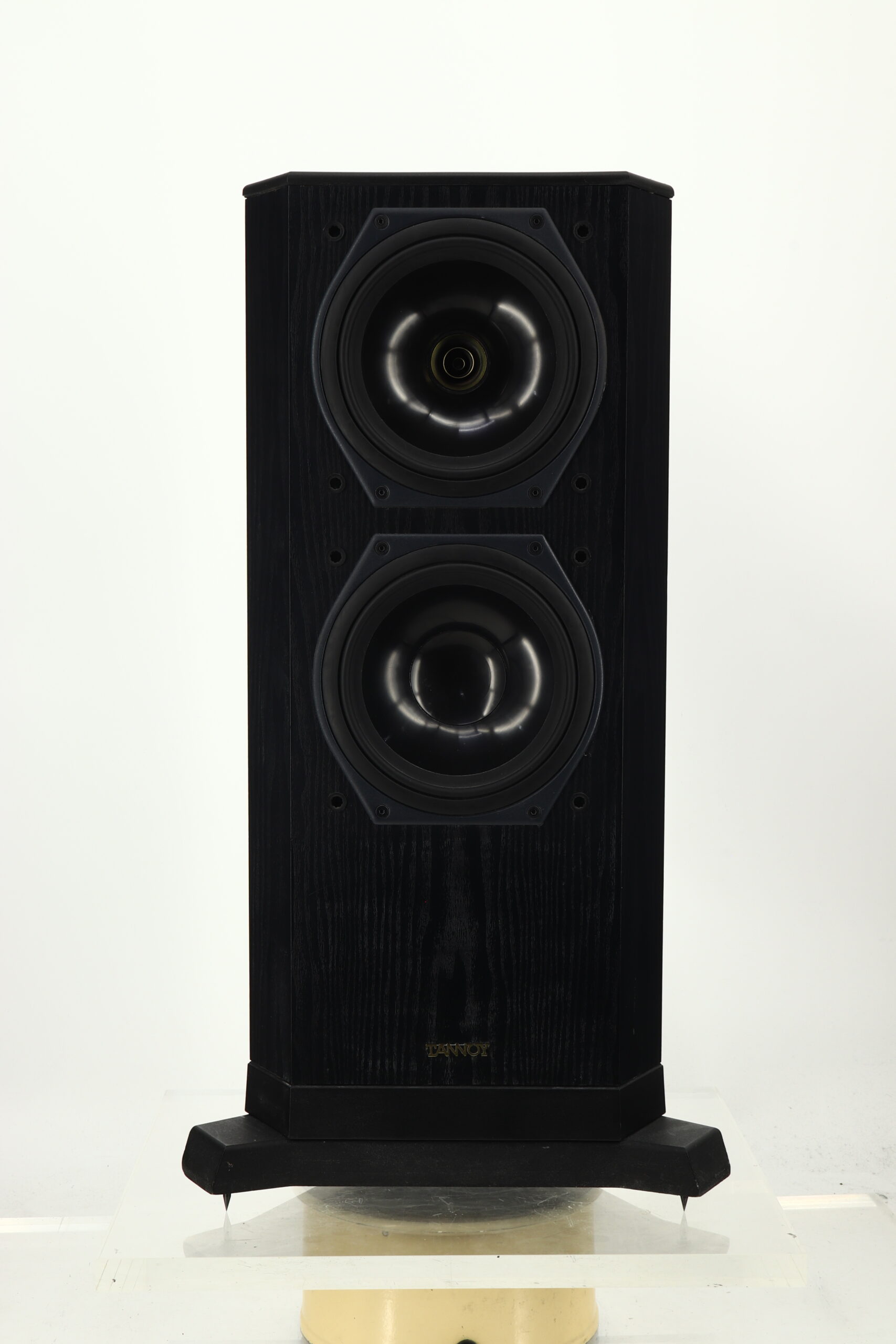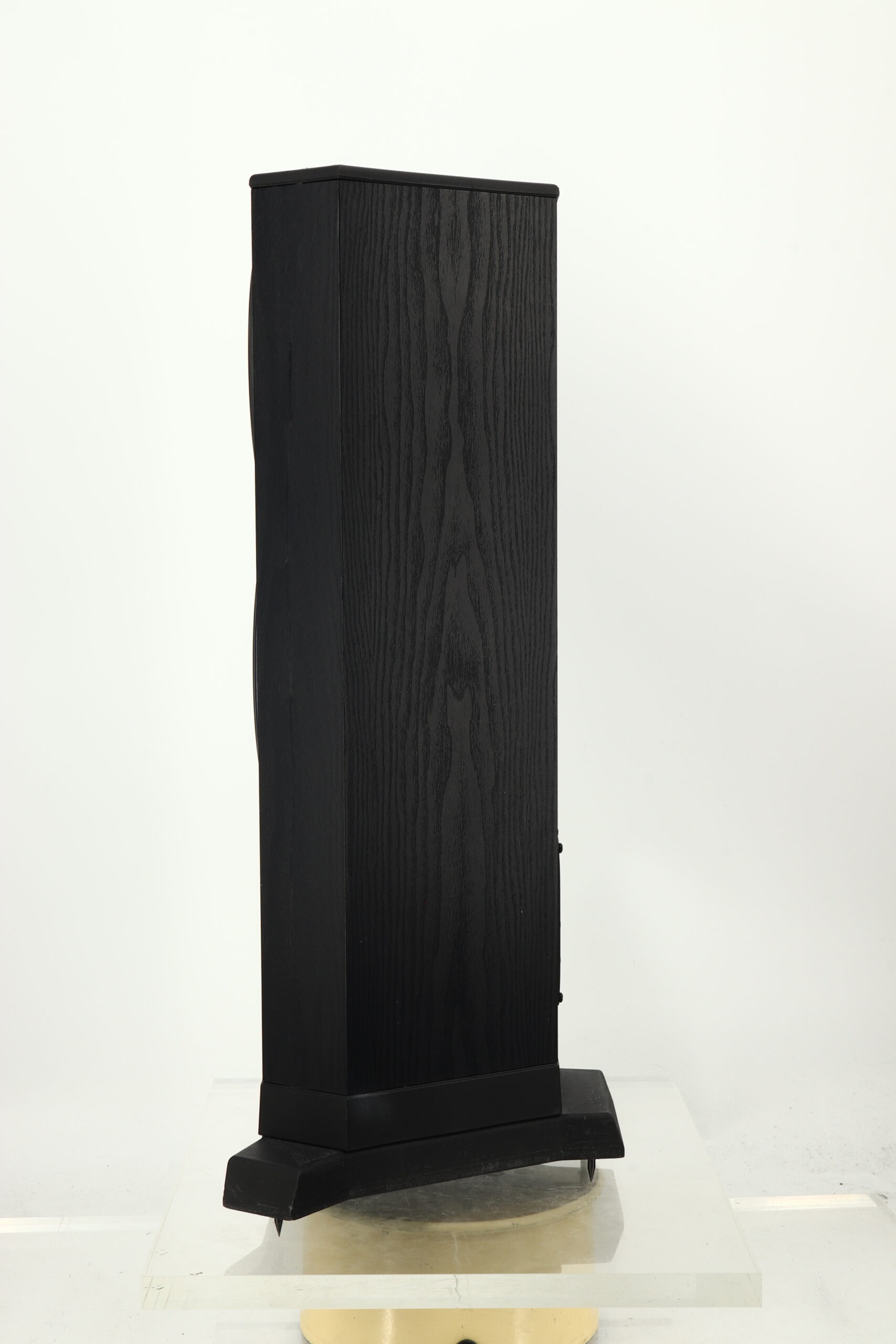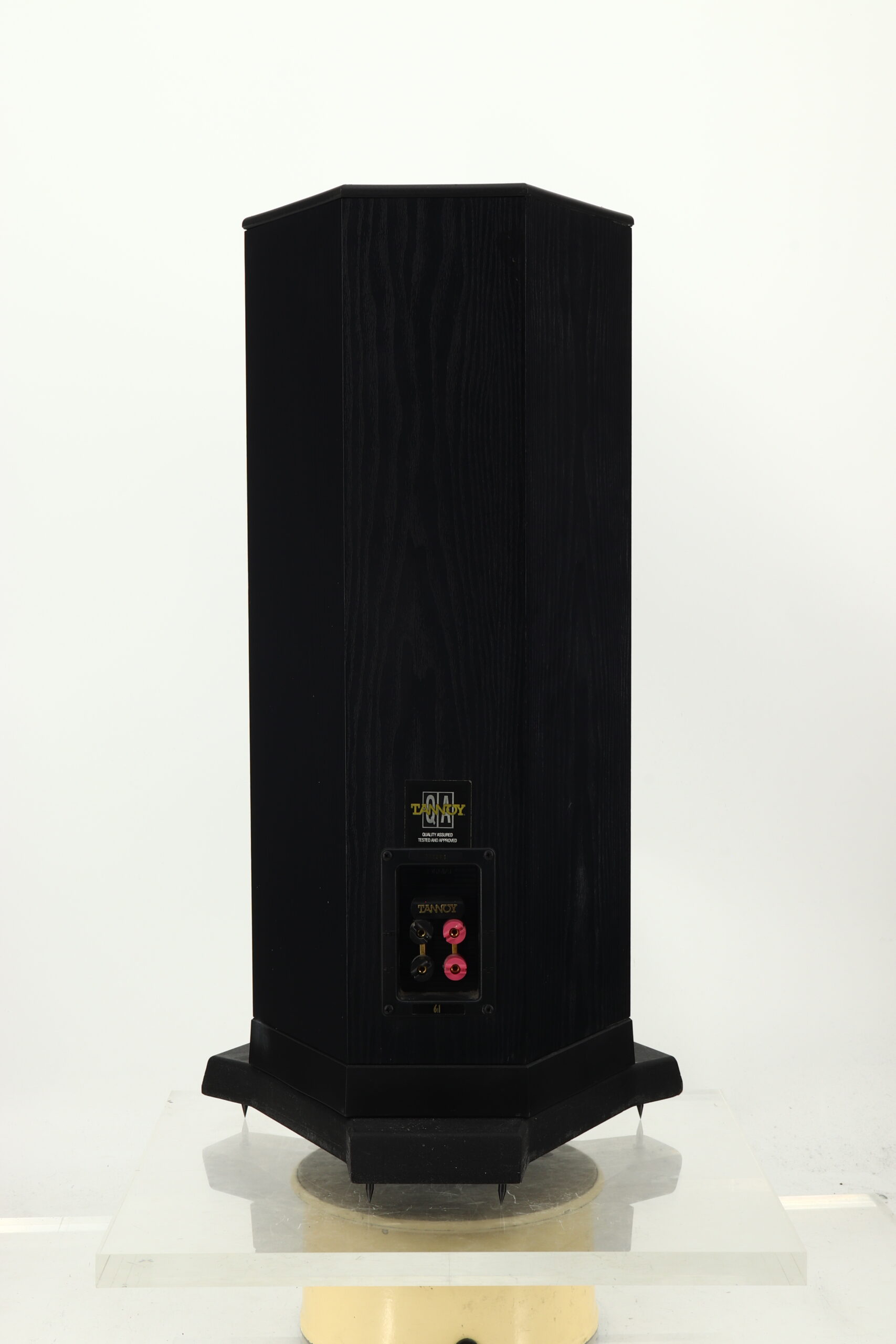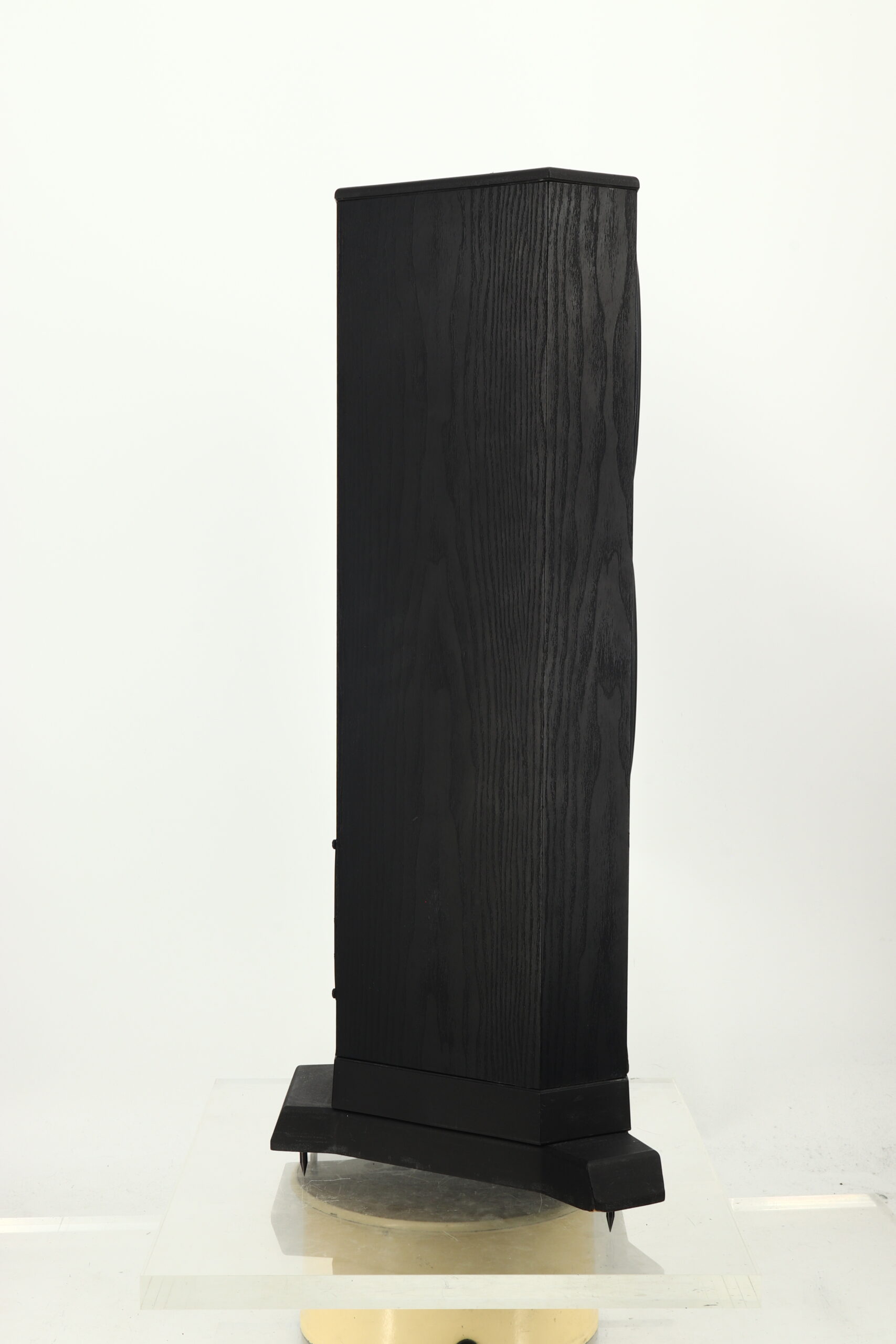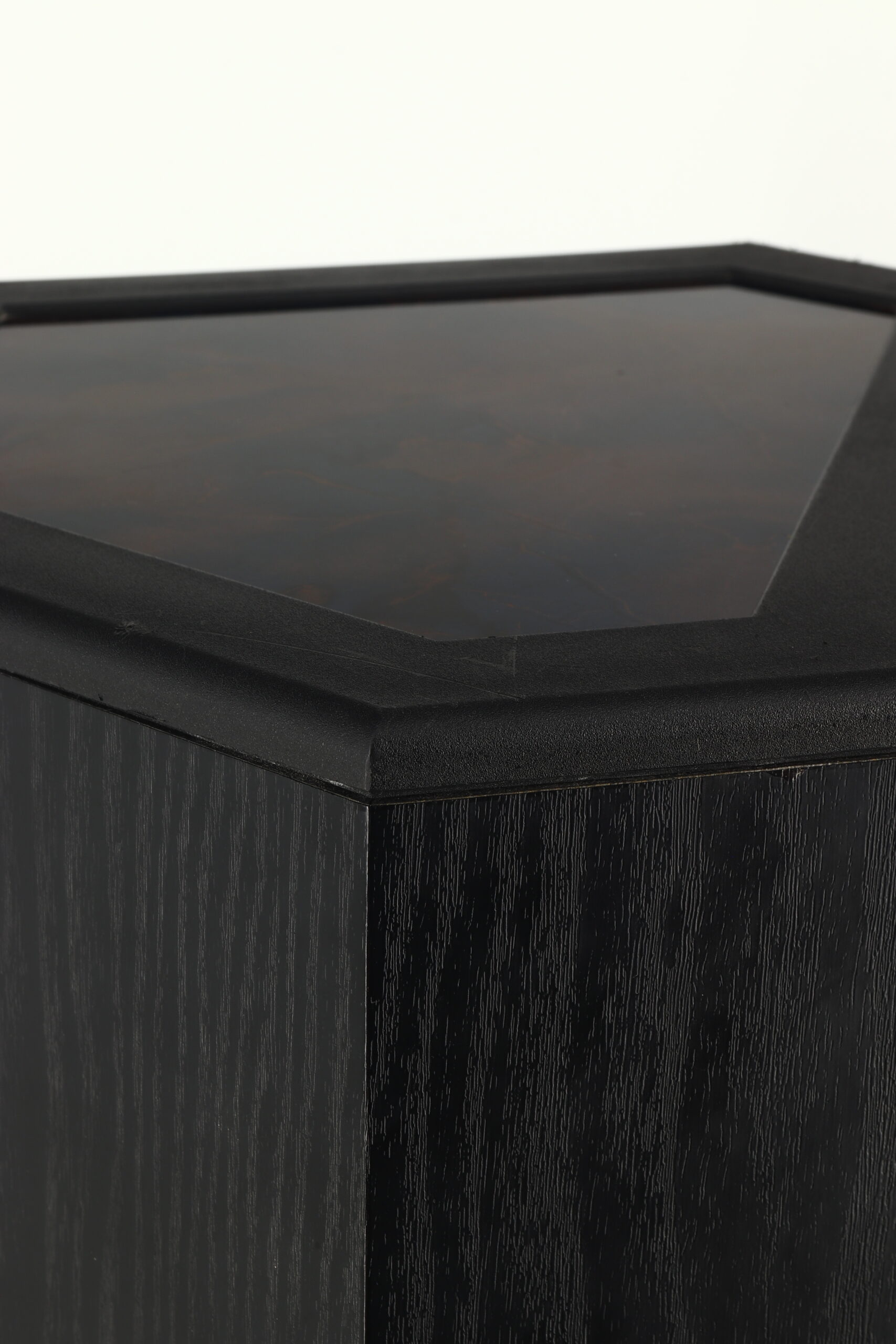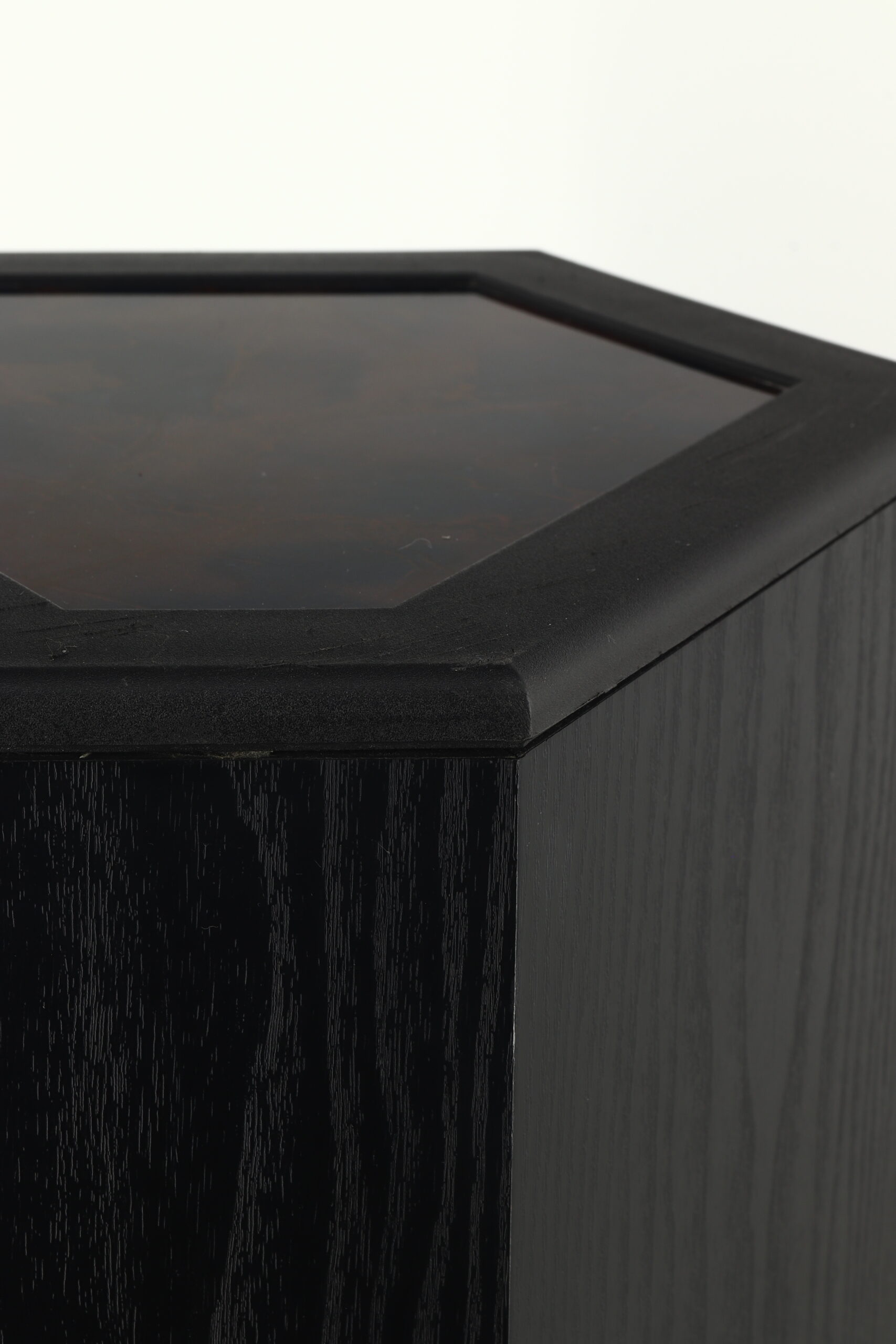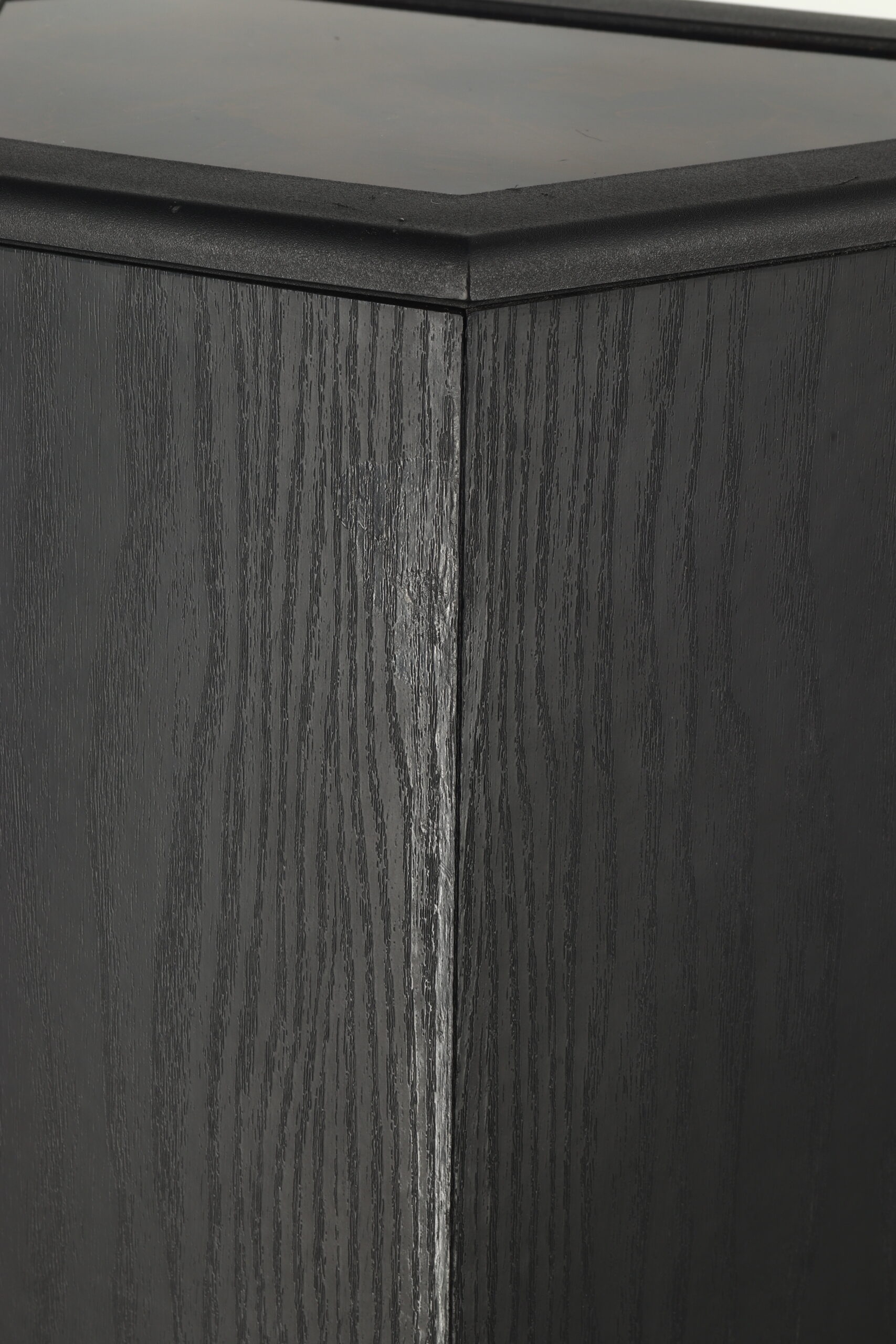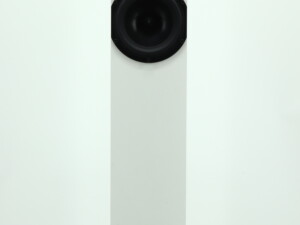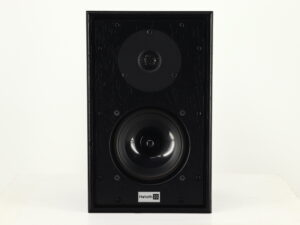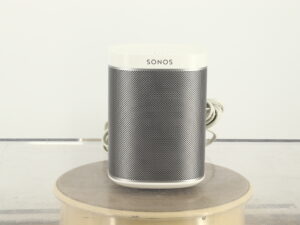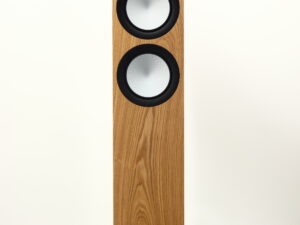Your basket is currently empty!
Tannoy 611 Floorstanding Speakers
Original price was: £249.00.£199.00Current price is: £199.00.
Manufacturer : Tannoy
Model : 611
Serial Number : 371453/371384
Packaging : N/A
Accessories Included : Grilles / Spikes
Price When New :
Out of stock
Description
Here we have a pair of slightly unusually styled Tannoy loudspeakers. They are a pair of the 611 model that date from the early Nineties, and are in fully working condition with a few age related blemishes. the white marks in teh images are camera flash. They are supplied with grilles, spikes and our usual three month warranty.
Tannoy Said….
It takes a wide range of engineering skills to produce a loudspeaker that is both acoustically satisfying and attractively
styled. To produce the Tannoy SIXES, every acoustic, design and manufacturing engineer within Tannoy contributed his or her particular strengths, working together to produce an innovative and challenging new loudspeaker range. From initial design, acoustic tests and fine tuning through to rigorous quality control in manufacturing, every Tannoy SIXES loudspeaker displays – sonically and aesthetically – the capability of the hi-fi industry’s most experienced engineering team. Indeed the Tannoy combination of design, performance and quality of construction has secured for us hard won approval by H.M. Government as a supplier meeting the stringent AQAP-4 standard.
Real cabinet design – a vital component to uncoloured sound. As the bass cone-piston moves within its excursion path, it not only produces sound in front of it, but sound behind within the loudspeaker cabinet. If the wavelength (or a multiple of it) of the particular note being reproduced is equal, for instance, to the internal width of the parallel sides of the cabinet, then a standing wave is set up in the air space, falsely exaggerating the note and giving that characteristically ‘boomy’ sound. Adjacent walls in the Tannoy SIXES cabinets form an angle of 120° rather than the more conventional 90°. This, together with the reduced number of parallel areas in the cabinets, greatly reduces the potential for the generation of standing waves inside the SIXES cabinets.
The cabinet structure has been specially designed to reduce diffraction effects to a minimum. Diffraction of a sound wave occurs wherever that sound wave reaches a boundary, such as a cabinet edge. The boundary then behaves as a secondary sound source in its own right. The size of this source is greatly dependent on the severity of this boundary. The edges of the cabinet on the SIXES models are much less severe than those of a conventionally shaped loudspeaker cabinet resulting in much smaller secondary sources. These diffractions cause anomalies in the frequency response of the loudspeaker and reduce its ability to produce a believable stereo image. On listening to the SIXES the considerable reduction of these diffraction effects will become immediately apparent by the positively tactile nature of the imaging and uniform frequency response.
As we have already observed, bass units inject vibrational energy of varying frequencies into the cabinet structure as they operate. The panels which are the loudspeaker walls all have their own particular resonant frequency and can be excited into resonating by this energy at the appropriate frequency. This we hear as colouration. A Tannoy SIXES cabinet has four different sizes of panels and since there are six walls in total each panel is smaller than a conventional loudspeaker’s. Small panels tend to have a higher resonant frequency than large panels. These smaller sizes ensure that the panels are out of reach of the worst of the low frequency energy coming from the bass unit. Any resonance which does occur in the panels will be at different frequencies, so any colouration which might occur is minimised by being spread over a broad-band of frequencies.
The basic cabinet structure is formed from a ‘wrap’ vertically folded around upon itself to form an unequal sided hexagon. This is then ‘capped’ top and bottom with mineral filled polyolefinic crowns and bases and pulled into a rigid structure by the use of a vertical brace to which the crowns and bases are attached. Great care has been taken to minimise diffraction possibilities in all areas of the design. This is particularly noticeable not just in the cabinet shape itself, but in the way that the drive unit chassis blend into the front baffle. The grille too is designed to stand slightly off the baffle, and has a very open slender frame, which attaches to the front baffle via flush fitting mounting clips.
The elegant crowns and bases that you see on Tannoy loudspeakers are precision injection moulded from a mineral filled polyolefinic to provide good stiffness and damping properties. The internal surfaces of these crowns are profiled to reduce standing waves and have rounded outside edges to minimise diffraction effects. The top is inlaid with a stylish laminate and the base threaded so that it can be bolted to Tannoy’s purpose built range of stands or can accept down-spikes to ensure maximum stability. A central brace runs internally down the height of the cabinets to which the crowns and bases are bolted and bonded, pulling the cabinet into an extremely rigid structure.
This floor standing compact loudspeaker uses the 8″ Dual Concentric drive unit in a closed box system. High sensitivity bass extension is ensured by the use of a secondary 8″ Bass unit, driven below 400Hz. Floor coupling spikes are supplied for optimum bass and mid-band clarity and allow the 611 to be tilted to obtain the best listening position for different seating heights. Tannoy’s advanced cabinet design provides bracing of the drive units for a colouration free sound.
Features:
Advanced cabinet structure
Cross braced driver/cabinet design.
Hard-Wired. high quality minimalist cross-over network
Ergonomically designed. Bi-Wired terminal panel. with gold plated terminals
8″ Dual Concentric DMT drive unit
8″ Bass unit. driven below 400 Hz
Smooth H.F. from “tulip” waveguide and 30 kHz tweeter
Vented bass driver chassis reduces thermal dynamic compression
High sensitivity
High quality Van den Hul internal wiring
Facility for mass-loading base
Floor standing design with coupling spikes
Specifications:
Peak Power / Channel: 250 Watts
Recommended Amplifier Power / Channel: 10 – 150 Watts
Frequency Response: 45 Hz – 30 kHz, ± 3 dB
Nominal Impedance: 6 Ohms
Minimum Impedance: 4 Ohms
Sensitivity: 91 dB 2.83 V @ 1 m
Cross-Over Frequency: 400 Hz & 2.5 kHz
Cross-Over Type: First Order Low Pass, First Order High Pass
Terminals: Gold plated. Bi-Wired
System Type: Closed box
Internal Volume: 22.9 Litres
Drive Unit Complement: 8” Dual Concentric; 8” Bass Unit
Dimensions: 699 (H) x 324 (W) x 228 (D) mm
Weight: 15.0 kg (Each)

